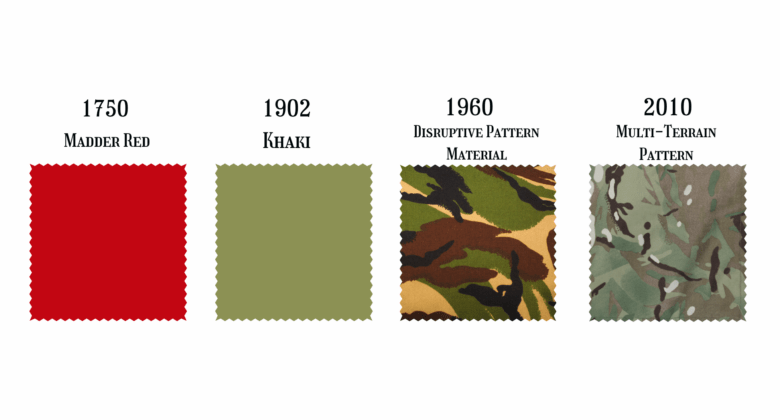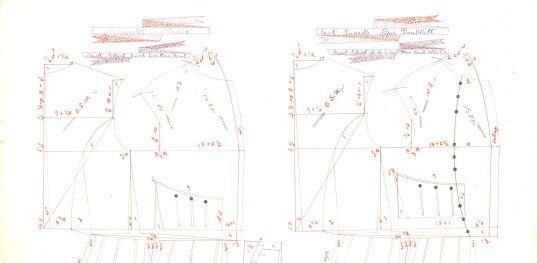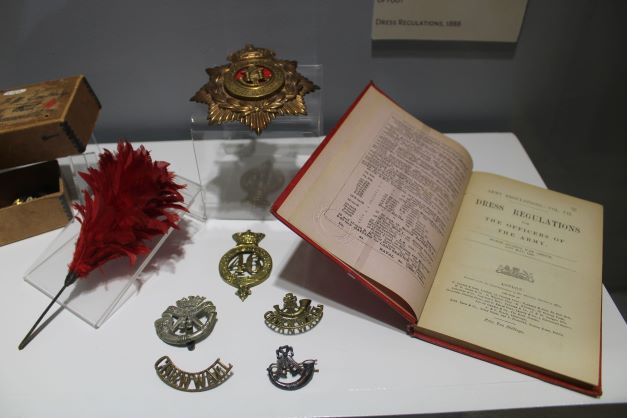A History of the Design and Wear of Military Uniform
The exhibition, ‘Suited and Booted’ tells a history of the design and wear of military uniform. It builds on the common narrative in military uniform exhibitions, looking at the reasons for changes in uniform by instead exploring the design, making, tailoring and upkeep of uniform.




